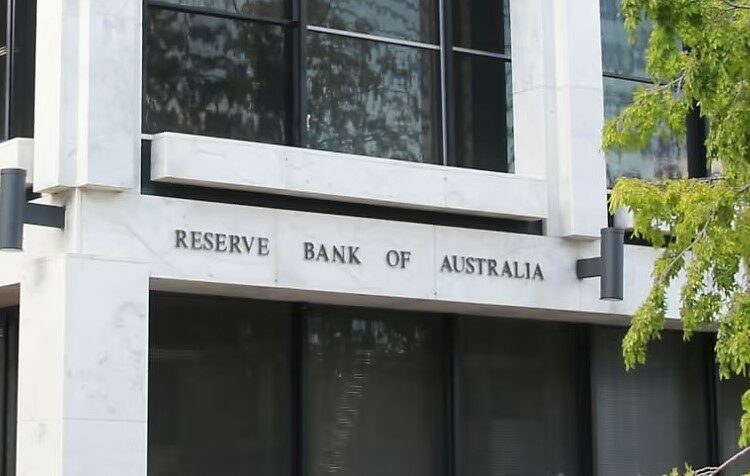The Reserve Bank of Australia (RBA) has handed down its penultimate cash rate decision for 2022.
Lifting rates once again for the seventh consecutive month, the RBA has made the decision to lift the cash rate by 25 basis points to 2.85 per cent.
At the end of October, Westpac was forecasting a 0.5 per cent lift, doubling the predictions for a 0.25 per cent lift by Commonwealth Bank of Australia, NAB, and ANZ.
RateCity has highlighted Australian Prudential Regulation Authority (APRA) data that showed household deposits hit a record high of $1.32 trillion in September — a $12.99 billion increase month-on-month.
According to the finance platform, this data set would not have deterred the RBA from its decision-making ahead of today (1 November), especially given continuing concerns around inflation — which rose to 7.3 per cent annually in the September quarter.
Even with the latest hike, LJ Hooker Group head of research Mathew Tiller does not expect “any significant changes to the current conditions”.
Mr Tiller has noted that sales transaction numbers remain above long-term average levels, and elevated auction clearance rates show buyers remain active.
In addition, the research expert expects that those mortgage holders who are feeling the strain of rising interest rates “are more likely to downsize than opt out of the property market”.
With recent results staying strong, he flagged that home owners who are looking to reduce their debt may be tempted to “downsize” the size of their mortgage — although they won’t be in any rush: “We don’t expect to see a large wave of listings, before the end of the year, given employment markets are strong and everyone has been pencilling higher interest rates into their household budget, so today’s announcement won’t be a surprise.”
Given the slower pace and lower number of new listings, Mr Tiller argued that Australian markets are well-insulated from any “major” price reductions.
“After such a strong period of high turnover, a more ‘normal’ rate of activity feels very slow, but sales remain above the long-term average,” he said.
He raised that vendors with flexible price expectations “are doing quite well”.
“Those who have been outpriced from the market over the past 18 months have been sitting on the sidelines. These buyers are seeing good value at the moment and purchasing if they are in a position to do so,” he stated.


